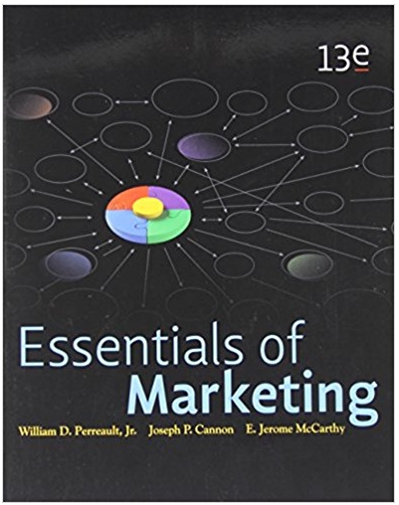Hydropump, Inc., produces and sells high-quality pumps to business customers. Its marketing research shows a growing market
Question:
Intensive distribution would require Hydropump to do more mass selling—primarily advertising in home renovation magazines—to help stimulate consumer familiarity with the brand and convince retailers that Hydropump equipment will sell. The price to the retailer might have to be lower too (to permit a bigger markup) so they will be motivated to sell Hydropump rather than some other brand offering a smaller markup.
With intensive distribution, each Hydropump sales rep could probably handle about 300 retailers effectively. With selective distribution, each sales rep could handle only about 70 retailers because more merchandising help would be necessary. Managing the smaller sales force and fewer retailers, with the selective approach, would require less manager overhead cost.
Going to all suitable and available retailers would make the pump available through about 20 times as many retailers and have the potential of reaching more customers. However, many customers shop at more than one retailer before making a final choice—so selective distribution would reach almost as many potential customers. Further, if Hydropump is using selective distribution, it would get more in-store sales attention for its pump and a larger share of pump purchases at each retailer.
Black has decided to use a spreadsheet to analyze the benefits and costs of intensive versus selective distribution.
a. Based on the initial spreadsheet, which approach seems to be the most sensible for Hydropump? Why?
b. A consultant points out that even selective distribution needs national promotion. If Black has to increase advertising and spend a total of $100,000 on mass selling to be able to recruit the retailers he wants for selective distribution, would selective or intensive distribution be more profitable?
c. With intensive distribution, how large a share (percent) of the retailers’ total unit sales would Hydropump have to capture to sell enough pumps to earn $200,000 profit? Distribution
The word "distribution" has several meanings in the financial world, most of them pertaining to the payment of assets from a fund, account, or individual security to an investor or beneficiary. Retirement account distributions are among the most...
Fantastic news! We've Found the answer you've been seeking!
Step by Step Answer:
Related Book For 

Essentials of Marketing
ISBN: 978-0078028885
13th edition
Authors: William D. Perreault, Joseph P. Cannon
Question Posted:





